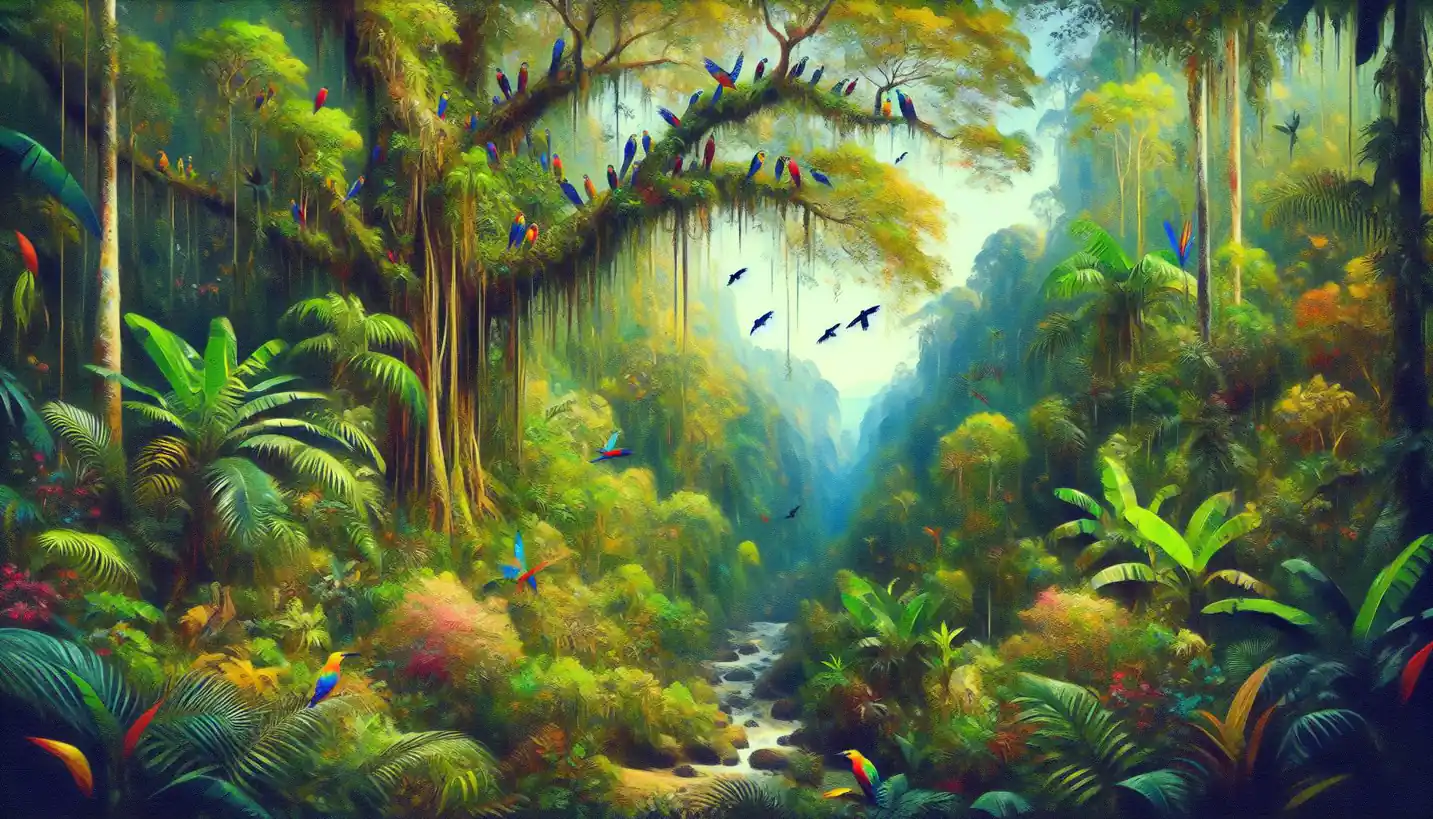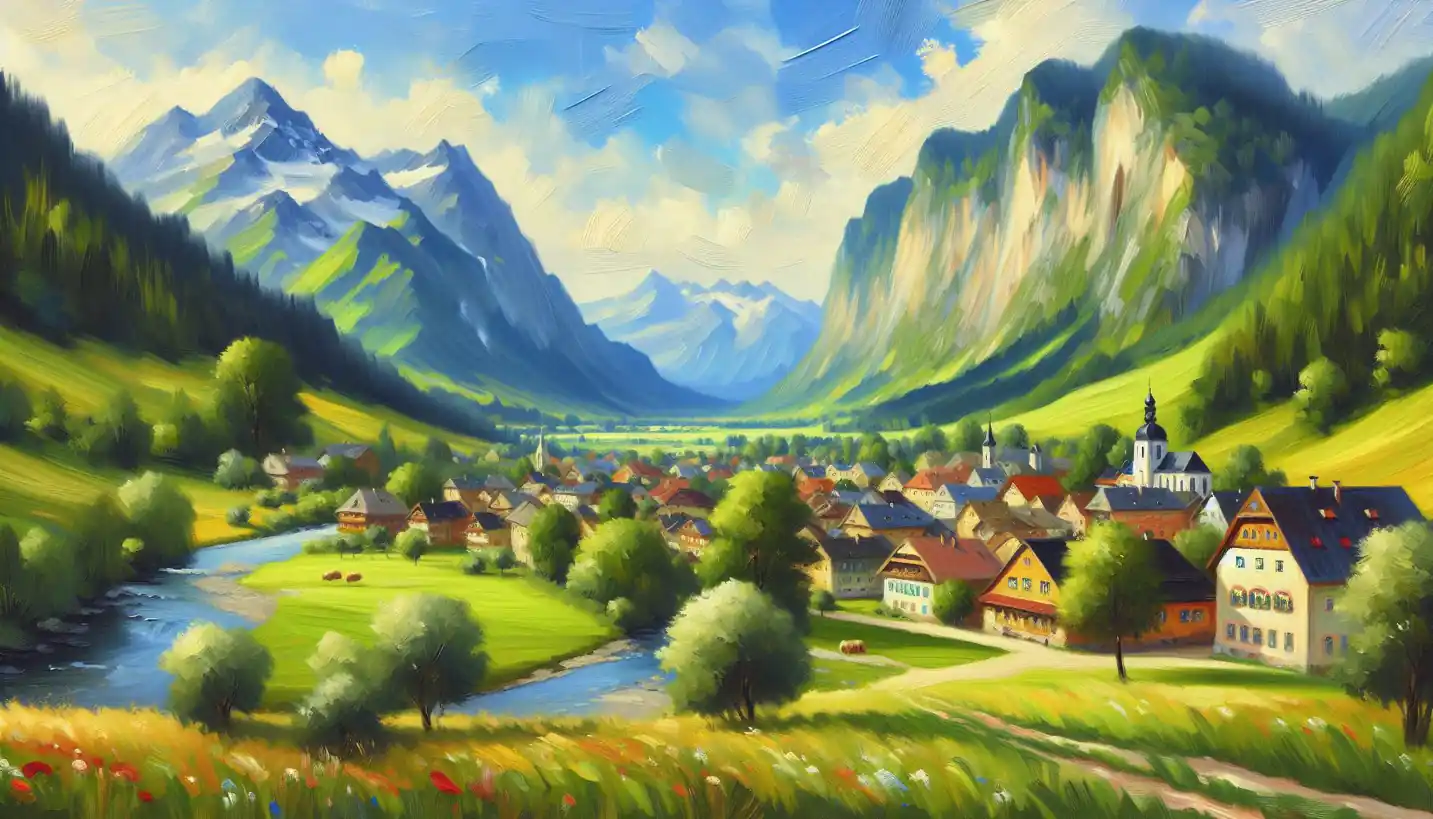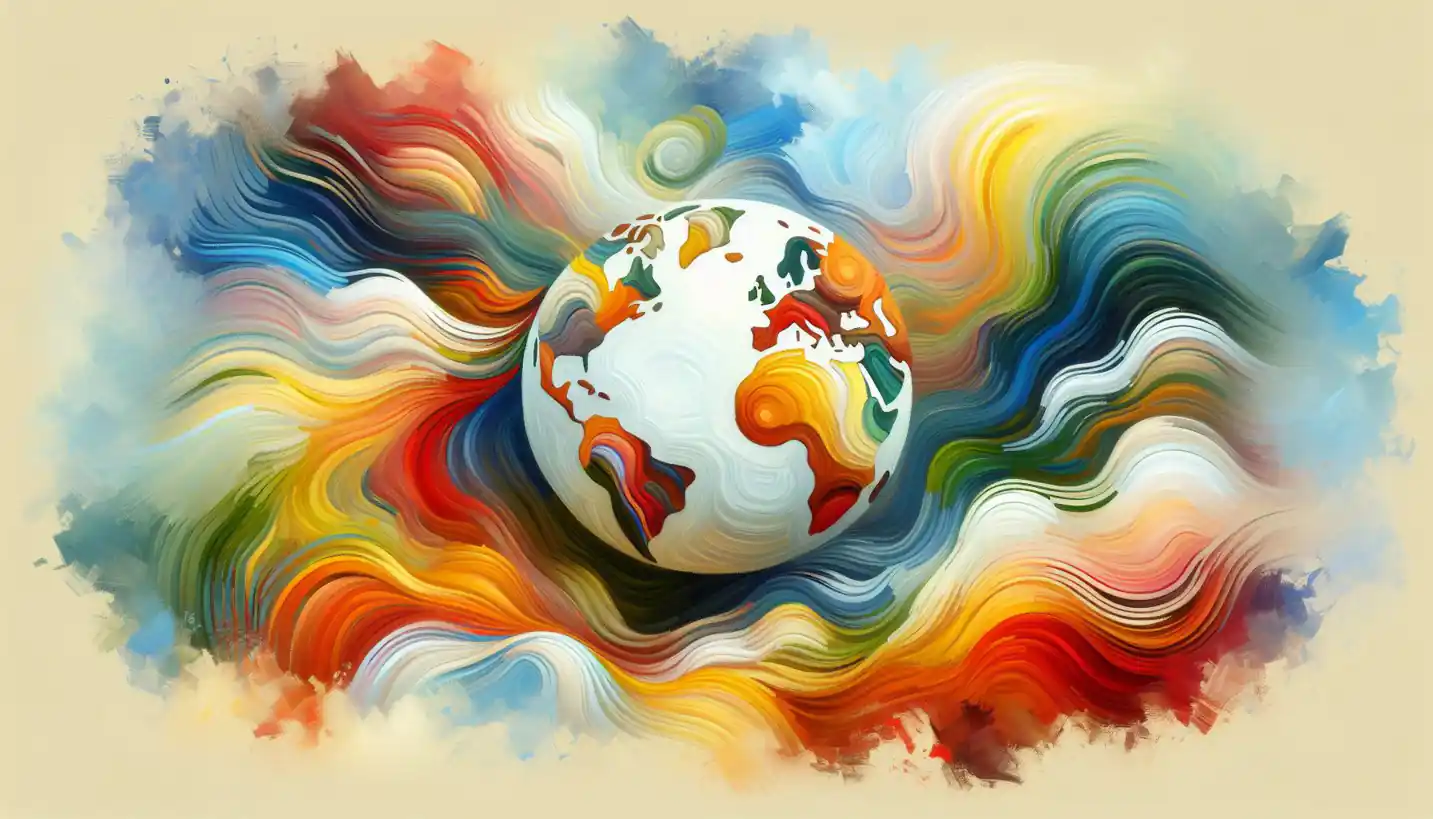· Geography · 3 min read
Cultural Landscape: A Fascinating Journey Through Human Geography
Cultural landscapes reflect the human spirit, telling captivating stories of how people creatively turn nature into living, breathing environments.

Picture a bustling city. The towering skyscrapers, bustling streets, and vibrant neighborhoods each tell a story of human influence over time. This is the cultural landscape—an incredible tapestry woven by human hands, shaped by history, traditions, and our interaction with the natural world.
What is Cultural Landscape?
In simple terms, a cultural landscape is what you get when humans interact with the environment around them. Imagine a landscape as a canvas, and every culture paints it differently. It’s like mixing art and geography to show how cities, farms, and monuments reflect the values and stories of the people who live there.
The Evolution of Cultural Landscape
Think about an ancient city. Maybe it started as a small village with simple huts, gradually growing into a bustling town with roads, markets, and temples. This transformation is the evolution of the cultural landscape. Over time, people add their unique stamp, whether through architecture, land use, or planting trees. It’s like history you can see and touch.
Different Kinds of Cultural Landscapes
Urban Landscapes: These are cities where human influence is most pronounced. Think of New York or Tokyo—cities full of buildings, roads, and parks.
Rural Landscapes: These could be farmlands, vineyards, or scenic villages. Here, the landscape is shaped by agriculture and traditions passed down through generations.
Religious Landscapes: Areas adorned with churches, mosques, temples, or sacred sites. The architecture here often holds deep spiritual significance, shaping the landscape in a unique way.
Industrial Landscapes: Factories, mines, and shipping yards dominate these areas, reflecting industrial development and economic goals.
Why Cultural Landscapes Matter
Cultural landscapes are like time machines. They allow us to glimpse into the past, understand the present, and predict future changes. They show us how people have adapted to their surroundings and how those environments have shaped societies in return.
Human Geography and Cultural Identity
Cultural landscapes are closely tied to identity. Take, for example, the Great Wall of China or the Pyramids of Egypt. These structures aren’t just impressive feats of architecture; they’re symbols of cultural pride and history. They tell stories about the people who built them, their beliefs, and their aspirations.
Modern Challenges to Cultural Landscapes
Today, cultural landscapes face numerous challenges. Urbanization, industrialization, and climate change are rapidly altering the world we live in. Imagine an ancient forest being cleared for a new highway, or a historic building being torn down for a modern skyscraper. These changes can erase important cultural markers.
Preserving Our Cultural Landscapes
Efforts are underway worldwide to preserve cultural landscapes. Governments, NGOs, and local communities work tirelessly to protect these spaces from disappearing. Think of UNESCO World Heritage Sites—they highlight and preserve locations with exceptional cultural significance.
Here’s an interesting example: the rice terraces of the Philippine Cordilleras. These terraces are over 2,000 years old and show the engineering prowess and agricultural practices of ancient cultures. They’re a living cultural landscape, still used by local communities and protected as a World Heritage Site.
The Future of Cultural Landscapes
As we step into the future, it’s crucial to balance development with preservation. Sustainable practices can help ensure that cultural landscapes remain a vital part of our world. This might involve blending new architectural techniques with traditional styles or using technology to document and protect historical sites.
Conclusion
The cultural landscape is a rich, ever-changing canvas that reflects the history and identity of people across the globe. By appreciating and preserving these landscapes, we celebrate not only our past but also our cultural diversity and the shared human experience. As stewards of the planet, it’s up to us to ensure that these stories continue to be told for generations to come.



